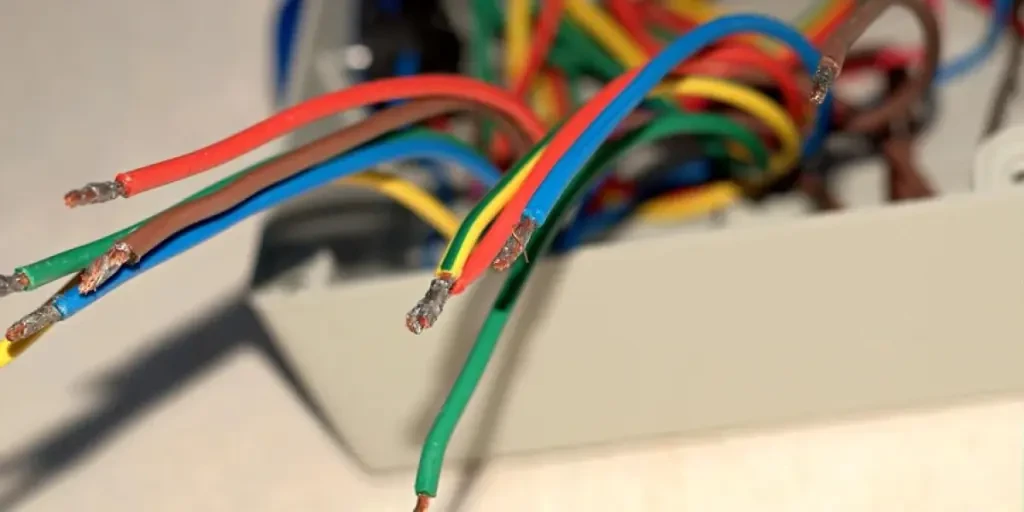Not all Wi-Fi routers are created equal. Look into some of the most important factors at the top of consumers’ minds when it comes to purchasing a Wi-Fi router. Wi-Fi 6 routers are the newest and coolest kids on the block. Here are some top tips on picking Wi-Fi 6 routers that will satisfy the end users.
Table of contents:
Sustained growth in wireless router market
What makes Wi-Fi 6 routers better than the rest
Popularity of Wi-Fi 6 routers
Source Wi-Fi 6 routers for a seamless Internet experience
Sustained growth in wireless router market
In 2021, the global economic value of Wi-Fi was estimated to be more than $3.3 trillion. That value is expected to continue to grow to reach nearly $5 trillion by 2025. As more of us are becoming increasingly connected to the Internet with several devices, it is inevitable that people want faster Internet speeds, higher bandwidths, and greater ease of connectivity.
Wireless routers are thus becoming increasingly essential. The global wireless router market is expected to reach $17084.9 million by 2026. Furthermore, the increase in the number of companies going digital and embracing remote work arrangements would only serve to increase the demand for Wi-Fi routers with the best transmission capabilities.

What makes Wi-Fi 6 routers better than the rest
MU-MIMO
MU-MIMO stands for multi-user, multiple-input, multiple-output. It refers to the technology that allows a router to communicate with several devices at the same time to cut down on wait times. This results in a faster connection speed and a smoother surfing experience.
Though the older version of Wi-Fi 5 has the MU-MIMO technology, all it did was allow multiple users to access one wireless network at the same time. On the other hand, Wi-Fi 6 routers with MU-MIMO technology enable multiple devices to respond to the wireless access point at the same time. A faster connection and ability to connect to more devices is a clear upgrade compared to the older version of Wi-Fi 5.
TWT
TWT stands for target wake time, which is a function that allows devices to negotiate when and how frequently they will wake up to send or receive data. This feature on Wi-Fi 6 routers can help to greatly improve device battery life since devices can remain asleep when no data is being transmitted.

A feature like that is critical for the Internet of Things (IoT) to function efficiently when more and more devices in the home are being connected. End users can save on power bills since devices can now turn on only when they need to send or receive data. This would be helpful for users who use smart home appliances that can use up a lot of power, like refrigerators or air conditioners. The TWT feature can also reduce network congestion since it reduces overlaps in data transmissions.
OFDMA
OFDMA refers to orthogonal frequency-division multiple access, a technology that allows one transmission to deliver data to multiple devices at once. This basically allows a router and all connected devices to utilize available bandwidth more efficiently by reducing the time between data transmissions. As a result, there would be more bandwidth available for other devices.
OFDMA is essentially an upgrade to Wi-Fi 5’s OFDM, which stands for orthogonal frequency-division multiplexing. Wi-Fi 6’s OFDMA technology can be seen as a multi-user version of OFDM.
Dual-band: 2.4GHz and 5GHz
Last but not least, Wi-Fi 6 routers are dual-band and can work on both 2.4GHz and 5GHz frequency bands. This makes them compatible with most Wi-Fi clients.
Some older Wi-Fi compatible devices only connect using the 2.4GHz band, while there are some others that use the 5GHz band. The dual-band support in Wi-Fi 6 is thus a necessity for devices with varying specifications to work smoothly and interchangeably. When tested with different Wi-Fi clients at close and long ranges, Wi-Fi 6 proved to be faster in both frequency bands.

Popularity of Wi-Fi 6 routers
Businesses and institutions

Needless to say, businesses, companies, and institutions the world over have a heavy reliance on the Internet. As more and more businesses go digital, the need for faster speeds and better connectivity increases.
Businesses or institutions housed in large buildings may still opt for wired LAN (local area network) connections for more stable and reliable connectivity. Smaller companies, however, may choose to get Wi-Fi 6 routers to cut down on costs for cable installation works.
Remote workers and home-based learners
As more companies embrace remote work and allow hybrid working arrangements, there is a need for better connectivity in the home office. Quick Internet speeds are also essential for home-based learners during online classes.
Wi-Fi 6 mesh routers could be popular with freelancers, those who work from home, and also students who have to take classes at home.
The rise of IoT and OTT services
The rise of IoT requires greater connectivity as more and more devices are connected in a modern smart home. Subscriptions for OTT (over-the-top) media streaming services are also expected to rise.

The Internet speed might go down when the number of connected devices increases. When that happens, users are bound to get frustrated. The MU-MIMO, OFDMA technology, and TWT feature on Wi-Fi 6 can prevent this problem to a certain extent. Users no longer have to grapple with slow buffer times when catching up on their favorite drama series.
Source Wi-Fi 6 routers for a seamless Internet experience
Wi-Fi 6 has lower overall latency due to its newer features. A shorter delay time and quicker speed results in smoother connectivity for all end users. Moreover, Wi-Fi 6 was introduced as the latest industry standard back in 2018. It is reasonable to expect vendors to phase out the older versions in due time. Look into the Wi-Fi 6 routers available on Alibaba.com to provide your customers with the latest hardware.








